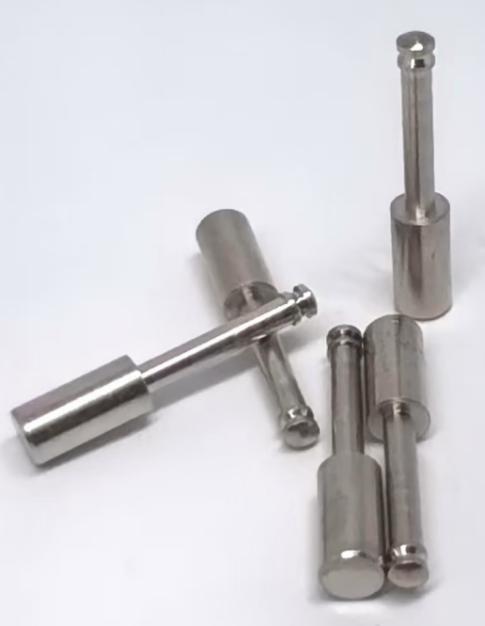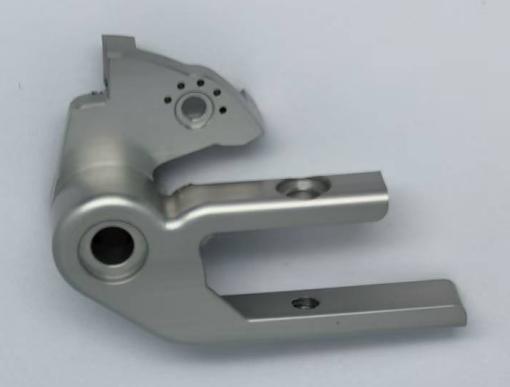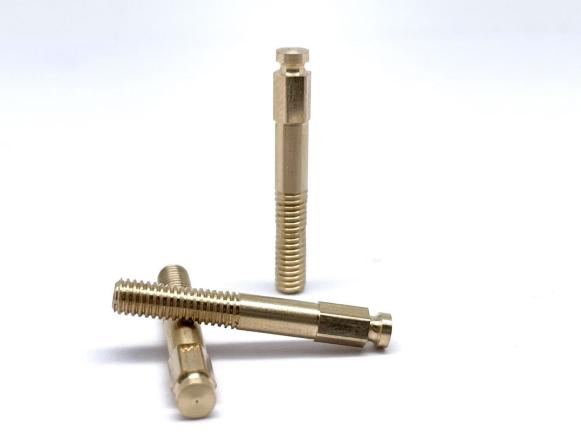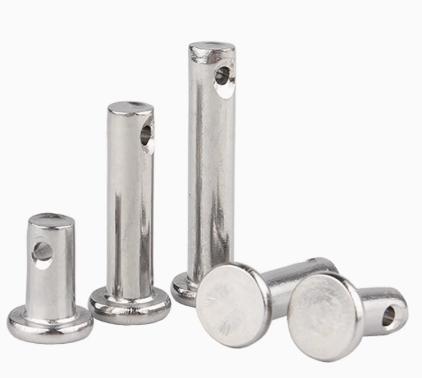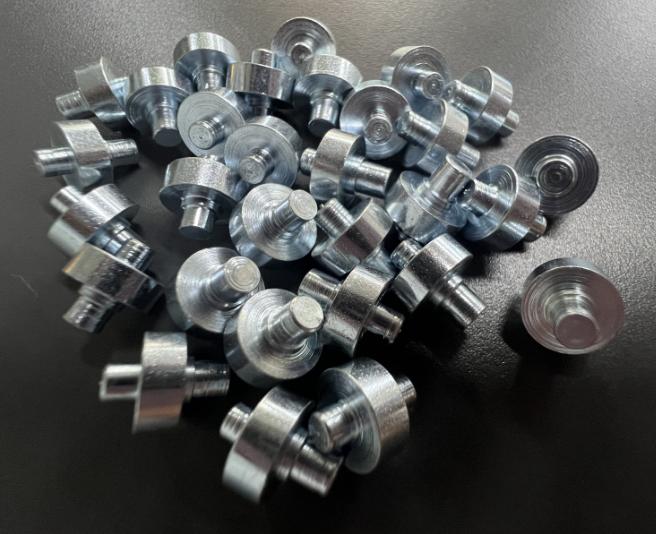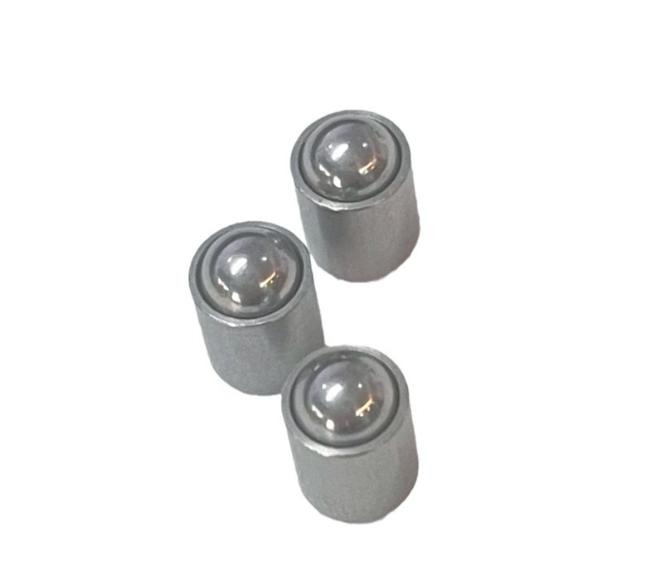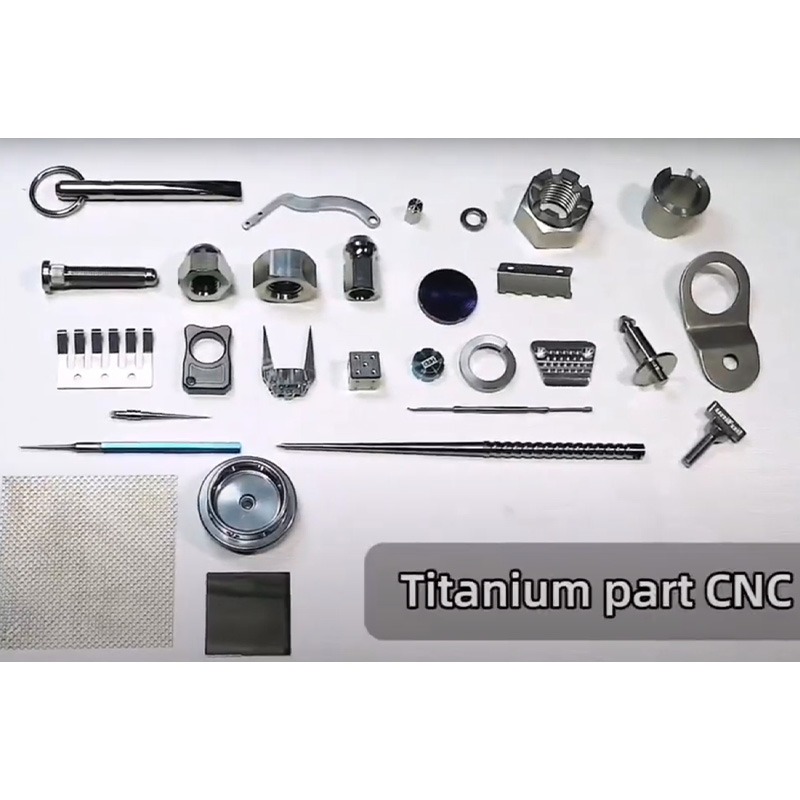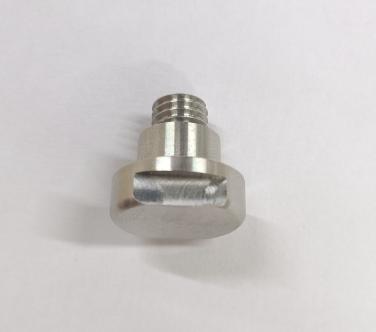CNC vs Laser Engraving: Which One is Right for You
In modernized customized manufacturing and customized individualized processing sectors, CNC engraving and laser engraving are the most widely used processing technologies. Both have their own advantages in structure, working principle, target materials, and application situations.
If you will be making a choice between these types of engraving to be adopted, this article can lead you to the primary distinctions of CNC vs laser engraving so that a more wise choice can be made.
Table of Contents
Part 1. What is CNC Engraving?
CNC engraving refers to the process of mechanical machining through computer-controlled mechanical devices, typically rotary cutters, to mill, cut, or drill into a wide variety of materials.
According to pre-programmed design paths, the CNC machine cuts or carves the workpiece with the intended shape or pattern with high precision. The entire procedure is automated and precise and therefore ideal for applications requiring precision and re-peatability.
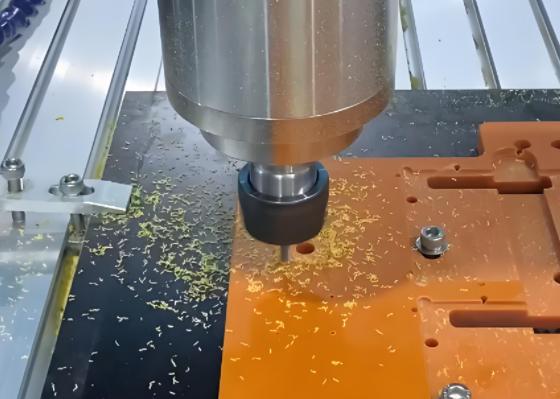
Key Features of CNC Engraving:
Operates with Various Materials: CNC engraving operates with a variety of materials including metals (aluminum, brass, stainless steel), wood, plastics, acrylics, and even stone. This makes it an industry solution provider in industries like signage, mold making, furniture, and industrial component manufacturing.
Deeper Carving: Unlike surface engraving methods, CNC machines are able to cut deeper and are ideal for 3D carving, bas-relief, and high-relief sculpture tasks. This is a suitable option for those tasks that require structural depth or dimensional data.
Contact-Based Processing: Due to the physical contact between the cutting tool and the material in CNC engraving, tool wear is inevitable. Regular inspection of the cutting tools or milling bits is essential for optimal accuracy, as they require frequent replacement for cutting performance.
Ideal for Heavy-Duty Tasks: Ideal for strenuous work, CNC engraving is highly proficient in extensive, deep, or scale intensive tasks such as mould prototyping, creation of precise mechanical components, or rendering intricate wood relief panels. As the name suggests, these tasks are performed using computer numerically controlled machinery that are driven by algorithms for precise engravings.
CNC engraving is unmatched in its performance for deep engraving as it works efficiently with greater precision on an extensive variety of materials.
Part 2. What is Laser Engraving?
Laser engraving is a non-contact process that uses a highly concentrated beam of light to vaporize or melt the surface of a material to create patterns, letters, or designs.
Unlike mechanical ones, laser engraving does not involve any physical pressure or tool wear, and therefore it is extremely precise and neat. It has been especially well received by companies based on fine detailing, branding, and low-volume custom production.
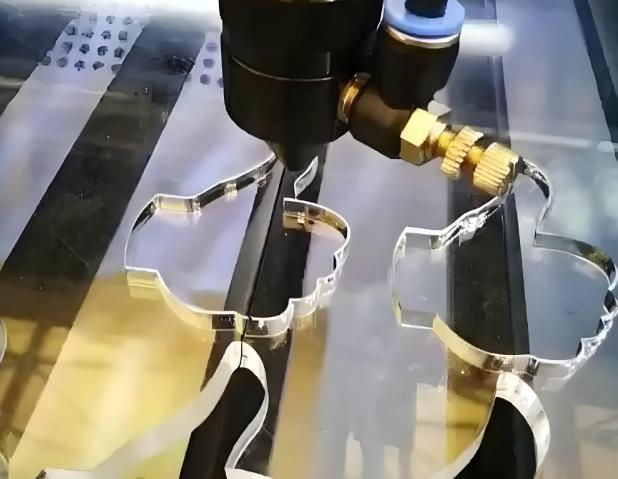
Key Features of Laser Engraving:
Incredibly High Speed and Efficiency: Because laser engraving operates at exceptionally high speeds and is efficient at scaling, it excels with rapid turnaround tasks and in mass production scenarios. Efficiency is exemplified in either engraving hundreds of pieces in laser engraving to intricate designs in just a few seconds.
Exceptional Precision: The keen focal point of a laser beam allows it to enable very accurate engravings, and it is perfect for detailed patterns, logos, barcodes, QR codes, and detailed artwork. The laser can duplicate intricate designs to millimeters, repeat results.
Most Suitable for Non-Metallic Material: The best materials to work with using laser engraving are wood, leather, acrylic, plastic, rubber, paper, glass, and coated metals. While there are industrial lasers that have metal engraving capabilities, standard CO₂ lasers are generally geared for non-metal work.
Low Vibration and Low Maintenance: As there is no contact, there is no noise and vibration is minimal. Furthermore, there is lower mechanical upkeep to be serviced, reducing long-term maintenance costs and downtime.
Diverse with Respect to Personalisation: Personalisation through laser engraving is widely used in gifts, promotional materials, branding, and identifying items. It is well suited for batch custom orders and prototypes that require detailed lines and speedy turnaround.
Laser engraving is one of the most efficient and cleanest ways to perform precise surface marking of Non-Metal materials. Due to no physical contact, laser engraving maintains its speed and is effortless for detailed and aesthetically pleasing designs, a reason why many industries opt for it where customisation is a priority.
Part 3. CNC vs Laser Engraving: Key Differences
Now that we understand each engraving method in greater depth, let’s compare CNC and laser engraving briefly by providing a quick comparison table as an overview. After this quick glance comparison table has provided enough detail, let us delve into where they differ in working principles, material compatibility, precision etc.
For quick comparison purposes only – here’s the following comparison table which may give an indication. It provides an overall impression.
Quick Comparison: CNC vs Laser Engraving
| Feature | CNC Engraving | Laser Engraving |
| Working Principle | Mechanical cutting tools | Laser beam ablation |
| Contact Method | Physical contact | Non-contact |
| Engraving Depth | Deep, suitable for 3D relief | Shallow, surface-level engraving |
| Material Compatibility | Most hard materials | Non-metal and some soft metals |
| Precision | High | Very high |
| Processing Speed | Relatively slow | Very fast |
| Noise | Noisy | Nearly silent |
| Maintenance | Regular tool replacement needed | Simple, low maintenance |
Detailed Comparison: CNC vs Laser Engraving
1. Working Principle
CNC Engraving: A process that is achieved through the use of computer-controlled cutting tools such as milling cutters, drills, and routers that operate on multiple axes. The machine mechanically removes material and shapes it through force and contact, producing the workpiece from a computer-generated design. Flat and intricate three-dimensional shapes can be achieved through a subtractive method, as previously explained.
Laser Engraving: Uses a focused high-energy laser beam that heats the material surface immediately to the point where it vaporizes, burns, or melts, leaving a permanent mark. The laser is guided digitally and traces vector or raster paths based on the design file. The structural integrity of the material is largely left intact except the surface layer.
2. Contact Method
CNC: Entails direct tool-material contact with a rotating tool. The recurring physical contact causes friction, heat, and inescapable tool wear. It also means that if not handled carefully, there is always a risk of chipping or damaging softer or delicate materials.
Laser: A contactless process, where the laser is never in direct contact with the material. This puts very little wear on the machine and is not possible to mechanically damage the surface. It’s especially useful for cutting into delicate or flexible substrates.
3. Engraving Depth
CNC: Ideal for removing material deeply, thus preparing it for 3D engraving, carvings in bas-relief, mold making, and other high depth and structural definition requirements. The depth may be precisely controlled through manipulation of tool path and feed rate.
Laser: Primarily used for surface engraving. Although certain of the higher-powered laser systems have penetration to a moderate depth, standard laser engraving is limited to surface marking. This makes it ideal for fine etching, surface ornamentation, or shallow branding.
4. Material Compatibility
CNC: Highly adaptable for material handling. Can engrave and cut aluminium, brass, steel, hardwoods, acrylic sheeting and natural stone. The cutting tool type along with the machine setup determines what elements can be effectively processed.
Laser: Best with non-metallic materials like wood, leather, acrylic, rubber, coated or anodised paper and glass. Special fiber lasers are needed for direct engraving on bare metals, but those cost more and are used in industrial settings.
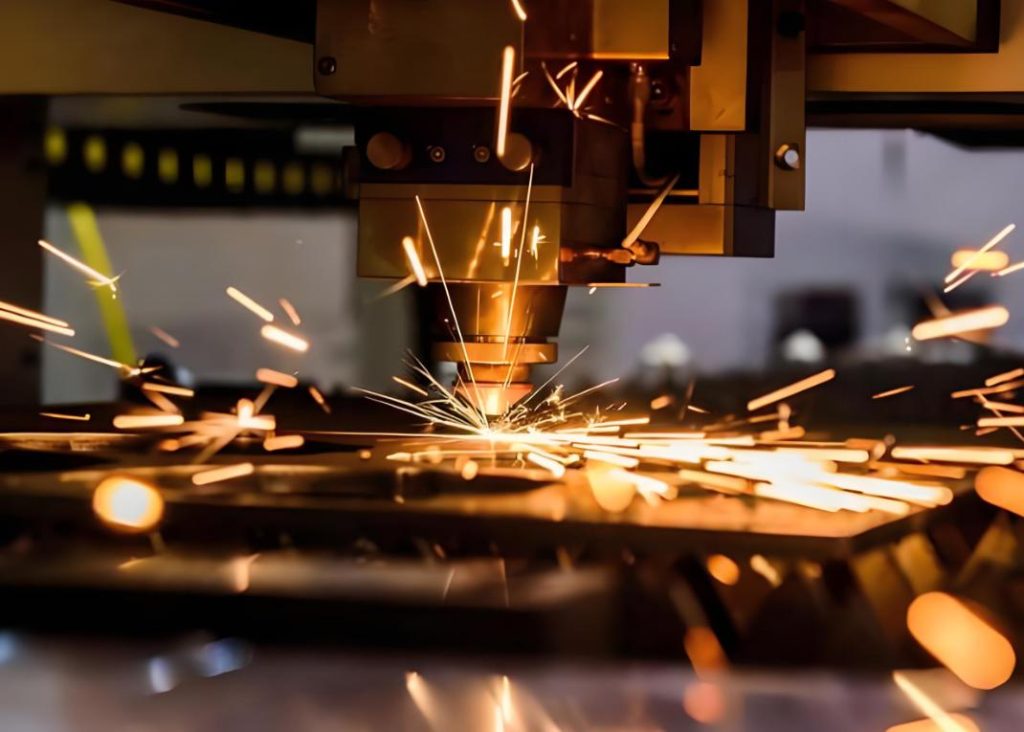
5.Precision
CNC: Provides outstanding accuracy, especially in producing complicated mechanical parts or features of depth. However, resolution is tool size and mechanical tolerance-dependent, thus ultra-fine detail is more difficult on fine work.
Laser: Possesses very high resolution, frequently to fractions of a millimeter. The laser spot size is extremely tiny, providing crisp lines, high-graphics quality, microscopic text, and high-resolution images, very helpful in electronics, jewelry, and marking.
6.Processing Speed
CNC: Generally slower, as mechanical cutters must move through material layer by layer. Feed rate, material hardness, and depth of cut determine how fast the operation may be performed without reducing quality.
Laser: Far faster due to lack of physical resistance. Laser heads may move quickly over surfaces to perform exacting tasks in seconds or minutes. Laser engraving thus becomes more appropriate for high-volume or time-sensitive manufacturing.
7.Noise Level
CNC: Makes audible noise due to cutting, tool rotation, and material contact. The noise level is considerable, especially for metal or hard wood, often requiring noise-absorbing enclosures in working environment.
Laser: Operates almost silently, except for ventilation or cooling systems. No mechanical contact makes it an excellent choice for quiet working spaces, such as office buildings or on-demand personalization retail stores.
8.Maintenance
CNC: Requires regular maintenance, e.g., replacement of aged, worn-out cutting tools, lubrication of all mechanical parts, and calibration testing. Tool breakage or tool dulling can be detrimental to quality and rate of work.
Laser: Less maintenance, fewer moving parts. Primarily necessary maintenance is lens and mirror cleaning to preserve beam clarity, and proper functioning of the cooling system. No tool wear, hence reducing long-term operating costs.
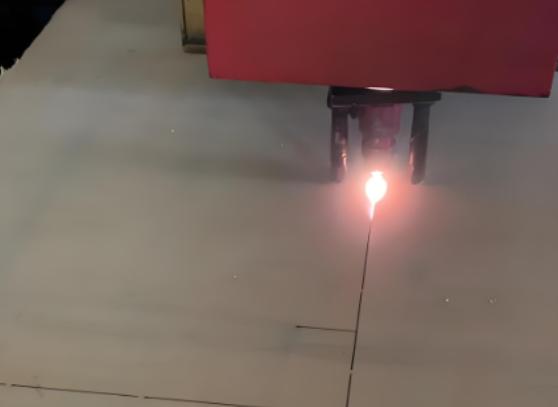
Part 3. What Engraving Method Suits Your Needs?
Dependence on application, material used for engraving, level of detail required and budget are all critical factors when it comes to choosing between laser engraving or water jet cutting for your engraving needs. Both have their own set of advantages; choosing the most appropriate one could make all the difference in its success and efficiency of your project.
When to Use CNC Engraving:
You Need Deep or 3D Engraving: CNC is the optimal choice if your project requires high relief carvings, mold making or parts with structural depth that require CNC milling to cut deep material, making it the ideal option for three dimensional operations. Its capacity to cut deep material makes it the best for three-dimensional operations.
You’re Working with Long-Lasting Materials: CNC equipment is built to handle robust materials such as metal, glass, stone, and heavy hardwoods. If your design necessitates cutting or engraving on those mediums, CNC provides the strength and longevity required.
Your Application Calls for Strength and Stability: Industrial manufacturing, accurate part proofing, or functional parts wherein strength is the top concern — in these situations, CNC mechanical engraving provides consistent results and reproducible tolerances.
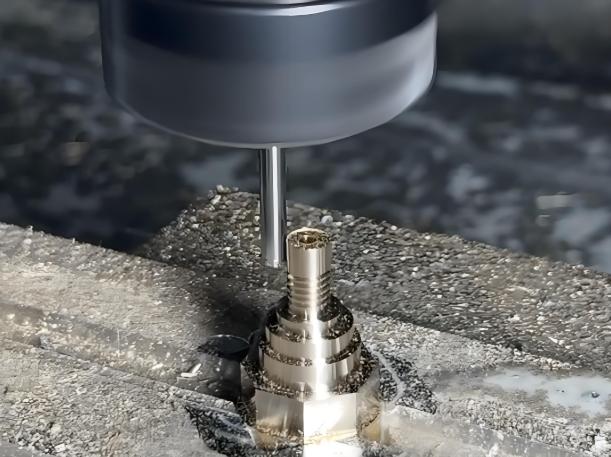
When to Use Laser Engraving
You Need Delicate Detail or Surface Marking: Laser engraving is ideal for creating detailed text, logos, QR codes, barcodes, and fine patterns in detail. It is best utilized in projects where visual detail and clarity are critical.
You’re Cutting Softer, Non-Metal Materials: If you’re cutting wood, leather, acrylic, rubber, paper, or coated metals, laser engraving offers a faster, neater, and less material-wasting process.
You’re Interested in Customization and Innovative Products: Customized gifts, promotional items, packaging, and individual crafts are best done with laser engraving. Its effective process of small batches makes it appropriate for imaginative companies and small businesses.
You Have a Limited Budget but Need Speed and Accuracy: Laser machines generally have lower maintenance and higher processing rates. For startup or small-scale operations seeking professional-grade output without a large initial investment, laser engraving is an excellent bargain.
No technology is best for everyone; it is all about what is best for your production needs, material types, and finish you desire. If you require depth and strength (CNC) or quickness and precision (laser), the right technology will be how you achieve the best outcome from your engraving projects.
Part 4. Can CNC and Laser Engraving Be Used Together
The reply is most certainly yes. In the majority of contemporary manufacturing processes and novel product designs, combining CNC with laser processing tends to complement each other to produce superior results that the single method could not achieve separately.
For instance, one common process would be:
Start with CNC engraving to engrave the complex three-dimensional shapes, curvatures, or deep trenches on the product. CNC excels at developing the physical form and providing structural precision.
Complete with laser engraving to handle fine surface details such as fine text, logos, serial numbers, barcodes, or complex patterns. Laser engraving is the optimal way of creating high-resolution, clear markings that are aesthetically pleasing.
The synergy that CNC technology offers in cutting heavy and deep parts, alongside lasers’ precise and rapid delivery of intricate surfaces, forms the basis for this refinement. Thus, the culmination of both technologies drives an effective process that improves product quality, multifunction functionality and aesthetics, minimises production time, and fulfils the predetermined production criteria.
Such hybrid solutions that focus on durability and visual sophistication are often sought after for luxury and promotional goods, high-end industrial components, electronics, and tailored items.
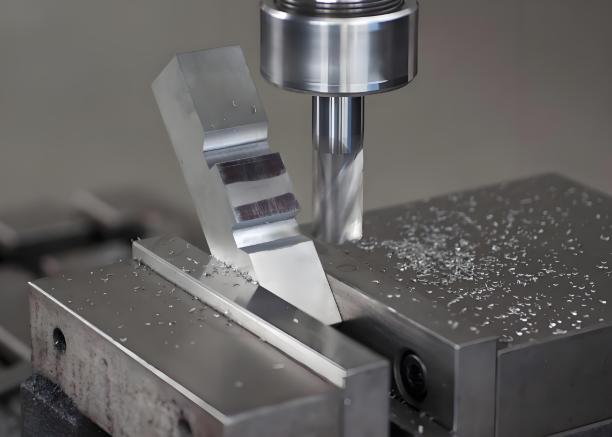
Summary
Both laser engraving and CNC engraving have their own advantages and disadvantages—there is no such absolute “better” option. The trick is knowing the specific requirements of your project. For the sake of deep engraving and intricate structural machining, CNC engraving remains unmatched. But if you need finer detail, productivity, and versatility with mixed materials, laser engraving offers different advantages.
Whether you are an entrepreneur, maker, or procurement expert, it is crucial to understand the difference between CNC and laser engraving so that you can select the right equipment and suppliers. Knowing such differences leads to better outcomes in production and quality control smoothness.
Whenever you might need services in CNC machining, don’t hesitate to contact KENENG, a CNC machining service expert keen to offer accurate and dependable services.

